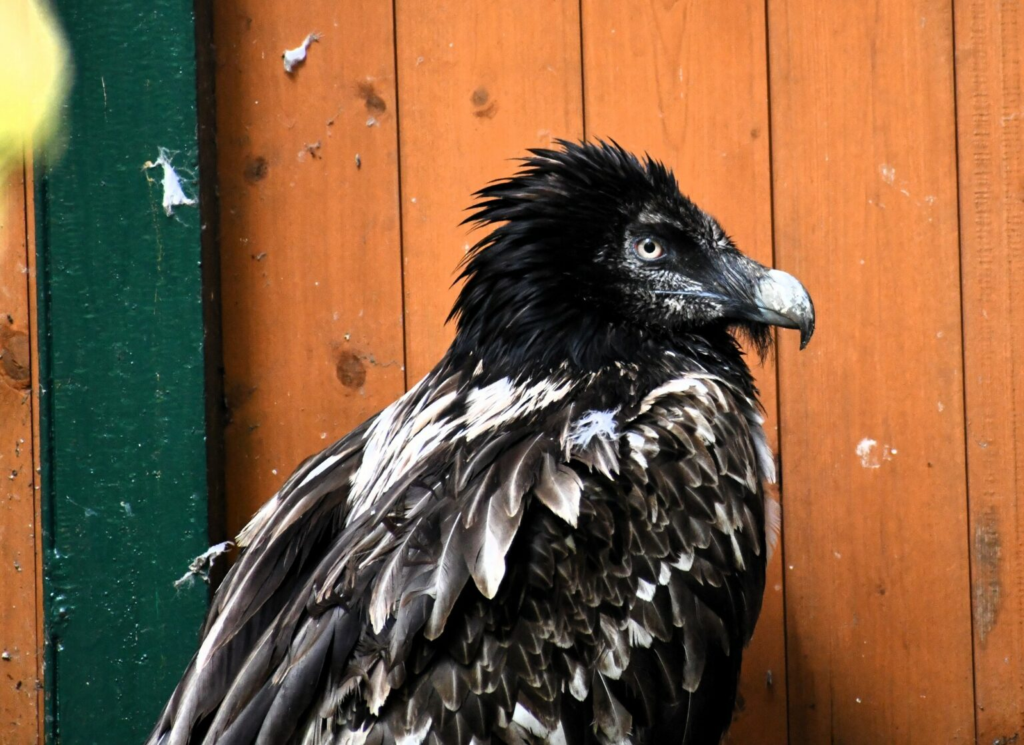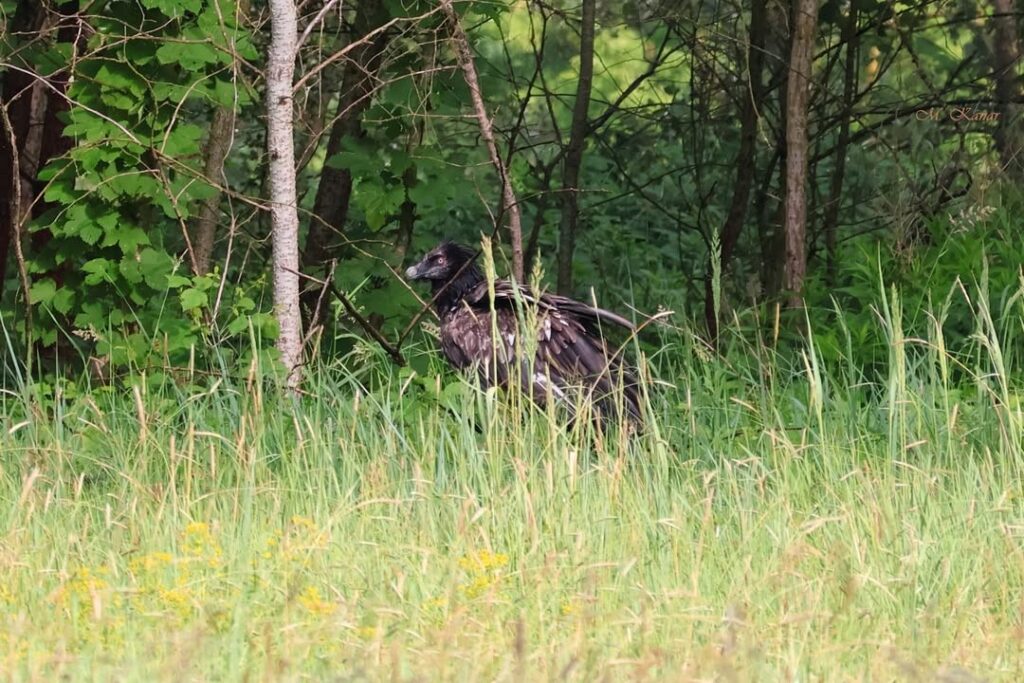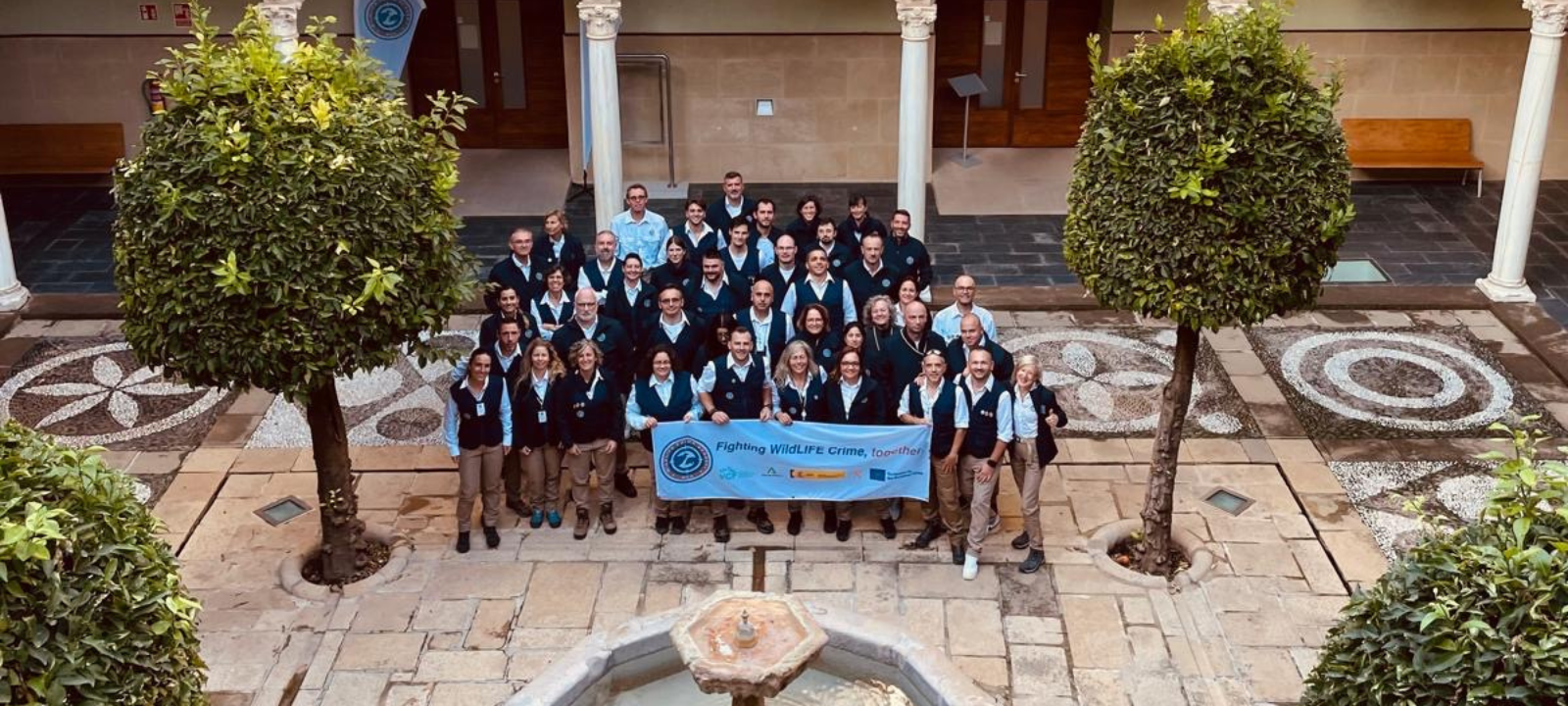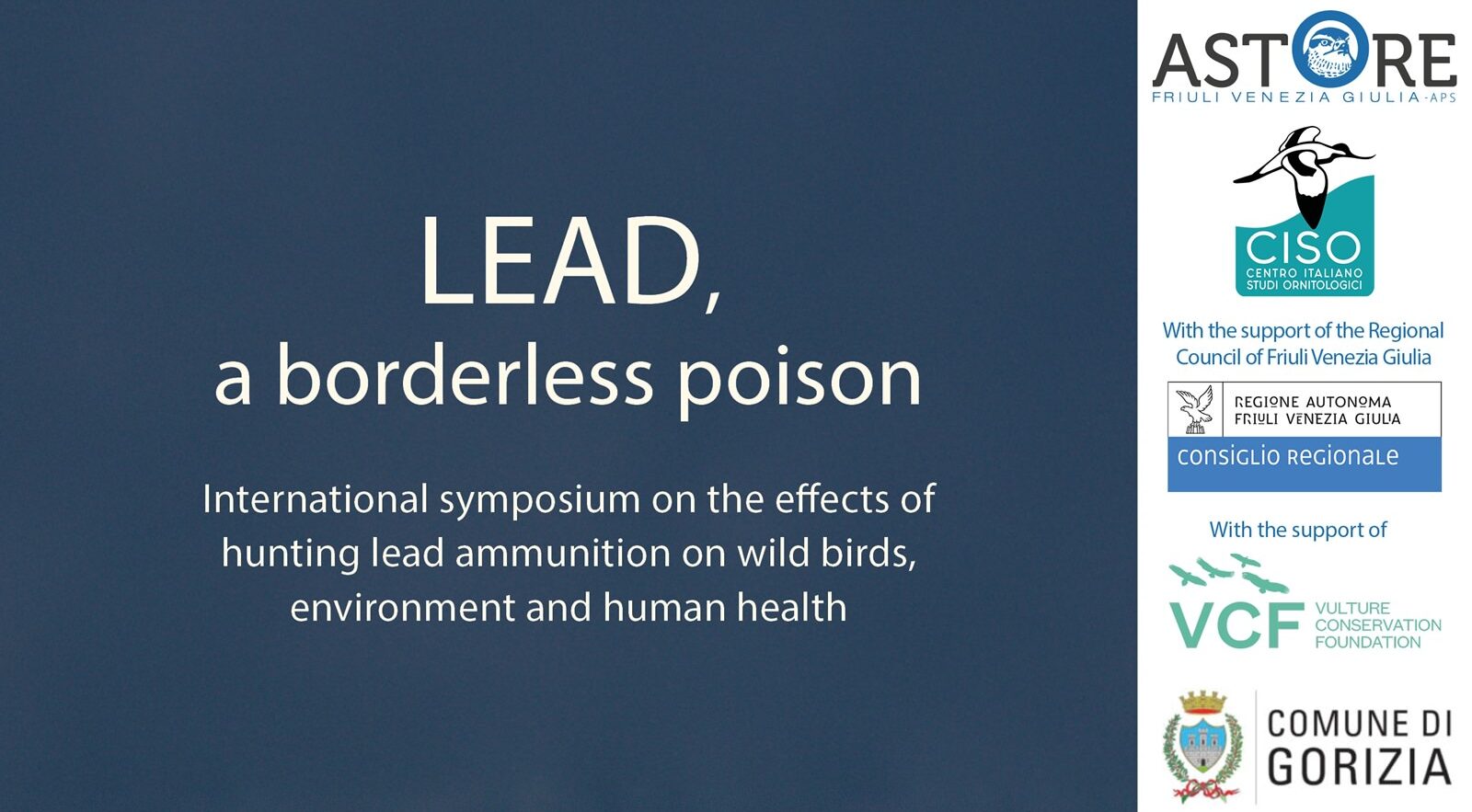It is with deep sorrow that we share the news of the death of Rei del Causse, a young and adventurous Bearded Vulture (Gypeatus Barbatus) whose remarkable life and travels across Europe inspired many. On 20 January 2025, Rei’s lifeless body was discovered in Lozère, France, following alerts from his GPS tag that had recorded an unusual period of inactivity. Despite the rapid response of conservation teams, the cause of his death remains a mystery.

A life that touched the hearts of many
Hatched at the Asters Breeding Centre in Haute-Savoie in 2022, Rei del Causse was released in the Parc national des Cévennes as part of the LIFE GypConnect project. From the moment he took flight, it was clear he was no ordinary vulture. His name, “King of the Causse,” proved prophetic as he soon became known for his daring spirit, venturing far from the mountains of southern France.
In 2023, he flew to the Netherlands and Germany, where he had to be rescued due to exhaustion. Undeterred, he resumed his wanderings in 2024, reaching Belgium, Germany again, and eventually Poland.

A celebrity in Poland
In May 2024, Rei surprised a resident of Poznań by landing on their apartment window ledge. The video of the curious vulture peering inside made him an overnight sensation.
But behind the fame was a fragile bird, worn down by storms and hunger. Found weak by the Warta River, Rei was brought to Poznań Zoo, where he recovered thanks to the care of dedicated veterinarians and conservationists.
A safe return—And one last flight
By July 2024, Rei had regained his strength and was flown back to France in a coordinated effort involving the LPO, Poznań Zoo, the French and Polish authorities, and the Vulture Conservation Foundation. Once again, he was released into the wild landscapes of the Grands Causses. For several months, Rei seemed to be thriving, flying between the gorges of Tarn and Jonte. All signs pointed to a successful return to the wild, until sadly he was found dead just a few months later.
A mysterious death
Extensive veterinary investigations were then conducted on the carcass to determine the cause of death. The bird underwent X-rays, a necropsy, and multiple analyses.
The radiographs showed no evidence of lead shot. A fracture of the right femur was observed and determined to have occurred post-mortem, likely caused by a scavenger. The other leg was also fractured, again probably due to post-mortem scavenging.
Rei del Causse was then autopsied by a specialised veterinarian. The lower part of the abdomen was missing, having been consumed by a scavenger despite the quick recovery of the body: the cloaca, kidneys, gonads and intestines were absent. However, examination of the remaining body indicated that the bird had been in good health before death: the pectoral muscles covered the keel well, and fat was present both subcutaneously and in the abdominal cavity. Moreover, the crop and stomach contained an undigested bone, showing that the bird had fed shortly before dying. Only a sub-sternal haemorrhage associated with internal bleeding was observed, likely the result of a fall. However, its cause could not be identified during the autopsy.
Numerous analyses were carried out—most of them in duplicate to ensure reliability:
- Toxicological screening (in two different laboratories): only very low levels of Brodifacoum and Difenacoum were detected (15 and 14 μg/kg respectively—well below toxic thresholds). No other toxins were found.
- Lead testing: the detected level (0.54 mg/kg of dry matter) was significantly below the pathological threshold (6 mg/kg according to the literature).
- Virological testing (West Nile Virus, USUTU, and avian influenza) returned negative results.
- Histological analysis (in two laboratories) revealed lymphoplasmacytic portal hepatitis with lymphoid hyperplasia—non-specific lesions frequently seen in birds as a response to various antigenic stimuli, such as bacterial (e.g., chlamydiosis, salmonellosis), parasitic, fungal, or viral infections. These lesions do not explain the death of the animal, which was otherwise in good condition at the time of death.
Given all these results, it appears that a fall caused internal bleeding, possibly fatal, although no hypothesis can be put forward regarding the cause of the fall. The exact cause of death therefore remains undetermined.

A legacy that will endure
Rei del Causse’s story is not only one of exploration and challenge—it is also one of unity. His survival was made possible by the cooperation of people across borders: NGOs, national parks, governments, rescue centers, and countless individuals. His journey brought together Germany, Poland, and France, a true symbol of what can be achieved when we work together.
Though his life was short—only three years—Rei del Causse left a lasting mark on the hearts of those who followed his story. He reminded us of the vulnerability of these magnificent birds, but also of their extraordinary strength and curiosity.
Rei del Causse will be remembered not only as a lost vulture, but as a bold spirit of the skies—a true ambassador for his species.

LIFE Gyp’Act is a 13M€ project, co-funded by the EU’s LIFE programme, that will run until 30 November 2028. Project partners are LPO – Ligue pour la Protection des Oiseaux as coordinator beneficiary, and the Vulture Conservation Foundation, Association Vautours en Baronnies, LPO Auvergne-Rhone-Alpes, LPO Occitanie, Sorbonne Université, ENEDIS, Centre National d’Informations Toxicologiques Vétérinaires, Parc National des Cévennes and Parc Naturel Régional du Vercors as associated beneficiaries.
Building on the success of LIFE GypConnect, the LIFE Gyp’Act project aims to further consolidate the Bearded Vulture population in the region, ensuring connectivity between the Pyrenean and Alpine populations. LIFE Gyp’Act seeks to reintroduce 60 Bearded Vultures to key areas, mitigate primary threats, and improve food availability. The project leverages decades of expertise in captive breeding and strong regional partnerships to achieve these goals. By engaging local communities and stakeholders, LIFE Gyp’Act aims to create a sustainable environment where Bearded Vultures can thrive, contributing to the overall biodiversity and ecological health of the region.



